Filter by
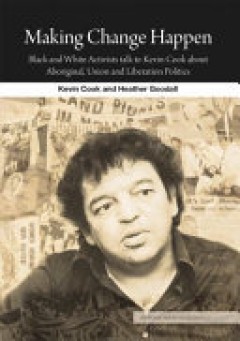
Making Change Happen : Black and White Activists talk to Kevin Cook about Abo…
This book is a unique window into a dynamic time in the politics and history of Australia. The two decades from 1970 to the Bicentennial in 1988 saw the emergence of a new landscape in Australian Indigenous politics. There were struggles, triumphs and defeats around land rights, community control of organisations, national coalitions and the international movement for Indigenous rights. The cha…
- Edition
- 11
- ISBN/ISSN
- 9781921666742
- Collation
- 448
- Series Title
- -
- Call Number
- 303.484.COO
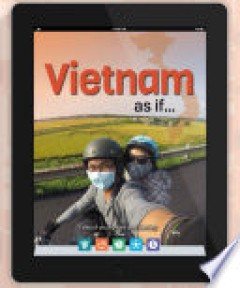
Vietnam as if… : Tales of youth, love and destiny
Vietnam as if… follows five young people who have moved from the countryside to the city. Their dramatic everyday lives illuminate some of the most pressing issues in Vietnam today: ‘The Sticky Rice Seller’ explores gender roles; ‘The Ball Boy’ is all about the struggles of sexual and ethnic minorities; ‘The Professional’ examines relations between rich and poor; ‘The Goalkeeper…
- Edition
- 13
- ISBN/ISSN
- 9781925022315
- Collation
- 202
- Series Title
- -
- Call Number
- 362.709597.HUY

Indigenous peoples' innovation: intellectual property pathways to development
Traditional knowledge systems are also innovation systems. This book analyses the relationship between intellectual property and indigenous innovation. The contributors come from different disciplinary backgrounds including law, ethnobotany and science. Drawing on examples from Australia, New Zealand and the Pacific Islands, each of the contributors explores the possibilities and limits of inte…
- Edition
- -
- ISBN/ISSN
- 9781921862786
- Collation
- -
- Series Title
- -
- Call Number
- 346.048 DRA i
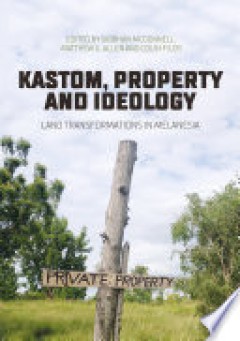
Kastom, property and ideology : Land transformations in Melanesia
The relationship between customary land tenure and ‘modern’ forms of landed property has been a major political issue in the ‘Spearhead’ states of Melanesia since the late colonial period, and is even more pressing today, as the region is subject to its own version of what is described in the international literature as a new ‘land rush’ or ‘land grab’ in developing countries. T…
- Edition
- 11
- ISBN/ISSN
- 9781760461065
- Collation
- 434
- Series Title
- -
- Call Number
- 333.73130995.MCD
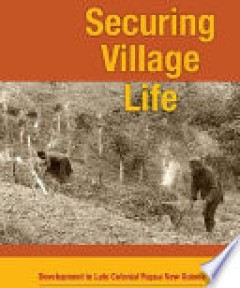
Securing Village Life : Development in Late Colonial Papua New Guinea
Securing Village Life: Development in Late Colonial Papua New Guinea examines the significance for post-World War II Australian colonial policy of the modern idea of development. Australian officials emphasised the importance of bringing development for both the colony of Papua and the United Nations Trust Territory of New Guinea. The principal form that development took involved securing small…
- Edition
- 13
- ISBN/ISSN
- 9781922144850
- Collation
- 318
- Series Title
- -
- Call Number
- 338.9009953.MAC

Inhuman Nature
Gathering into lively conversation scholars in medieval, early modern and object studies, Inhuman Nature explores the activity of the things, forces, and relations that enable, sustain and operate indifferently to us. Enamored by fictions of environmental sovereignty, we too often imagine “human” to be a solitary category of being. This collection of essays maps the heterogeneous and asymme…
- Edition
- 1
- ISBN/ISSN
- 9780692299302
- Collation
- i, 166 p
- Series Title
- -
- Call Number
- 304.2 COH
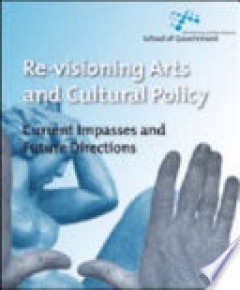
Re-Visioning Arts and Cultural Policy : Current Impasses and Future Directions
In this monograph, Jennifer Craik undertakes a critical and historical analysis of the main imperatives of arts and cultural policy in Australia. With forensic skill she examines the financial and policy instruments commonly relied upon in this much contested and diverse area of public policy. Craik uses her analysis of past and current policy responses as a platform for articulating future opt…
- Edition
- -
- ISBN/ISSN
- 9781921313394
- Collation
- -
- Series Title
- -
- Call Number
- 306.47.JEN
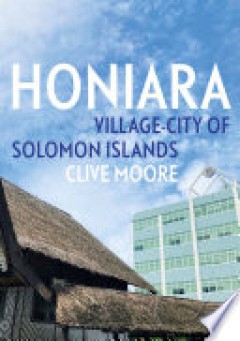
Honiara : Village-City of Solomon Islands
Nahona`ara—means ‘facing the `ara’, the place where the southeast winds meet the land just west of Point Cruz. Nahona`ara became Honiara, the capital city of Solomon Islands with a population of 160,000, the only significant urban centre in a nation of 721,000 people. Honiara: Village-City of Solomon Islands views Honiara in several ways: first as Tandai traditional land; then as cocon…
- Edition
- -
- ISBN/ISSN
- 9781760465070
- Collation
- -
- Series Title
- -
- Call Number
- 995.93.MOO
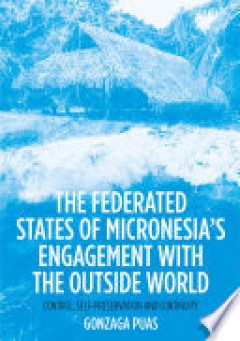
The Federated States of Micronesia’s Engagement with the Outside World Cont…
This study addresses the neglected history of the people of the Federated States of Micronesia’s (FSM) engagement with the outside world. Situated in the northwest Pacific, FSM’s strategic location has led to four colonial rulers. Histories of FSM to date have been largely written by sympathetic outsiders. Indigenous perspectives of FSM history have been largely absent from the main corpus …
- Edition
- -
- ISBN/ISSN
- 9781760464653
- Collation
- -
- Series Title
- -
- Call Number
- 996.5.PUA
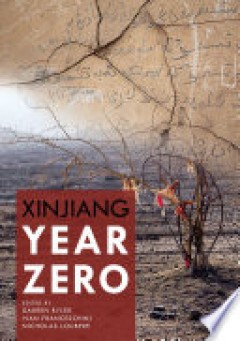
Xinjiang Year Zero
Since 2017, the Chinese authorities have detained hundreds of thousands of Uyghurs, Kazakhs and other Muslim minorities in ‘reeducation camps’ in China’s northwestern Xinjiang autonomous region. While the official reason for this mass detention was to prevent terrorism, the campaign has since become a wholesale attempt to remould the ways of life of these peoples—an experiment in social…
- Edition
- -
- ISBN/ISSN
- 9781760464950
- Collation
- 338 p
- Series Title
- -
- Call Number
- 951.6 INI X
 Computer Science, Information & General Works
Computer Science, Information & General Works  Philosophy & Psychology
Philosophy & Psychology  Religion
Religion  Social Sciences
Social Sciences  Language
Language  Pure Science
Pure Science  Applied Sciences
Applied Sciences  Art & Recreation
Art & Recreation  Literature
Literature  History & Geography
History & Geography